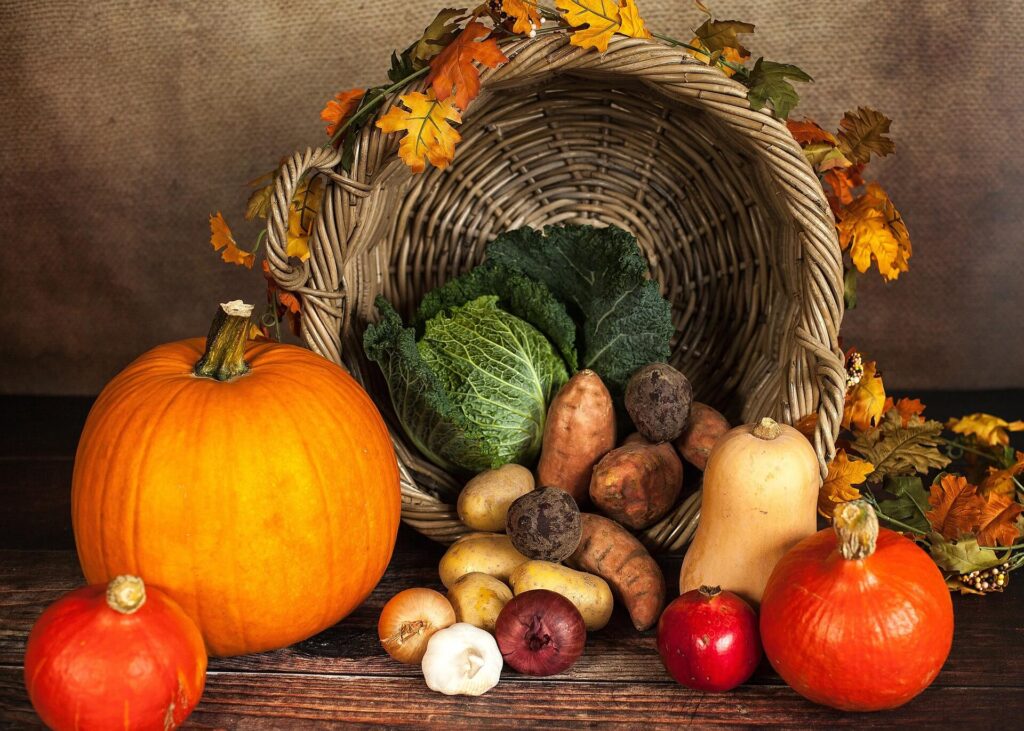Starting a vegetable garden is a rewarding endeavor that can provide you with fresh, homegrown produce and a connection to nature. Whether you have a spacious backyard or a small patio, you can create a thriving vegetable garden with a little planning and effort.
Choosing the Right Location
Vegetables need plenty of sunlight, so pick a spot that receives at least six to eight hours of direct sunlight each day. Well-drained soil is crucial to prevent waterlogging. If your garden area tends to collect water, consider creating raised beds to improve drainage.
Preparing the Soil
Healthy soil is the foundation of a productive vegetable garden. Here’s how to prepare your soil:
- Remove Debris: Clear weeds, rocks, and any debris.
- Loosen Soil: Use a garden fork or tiller to loosen soil to a depth of 12 inches.
- Add Organic Matter: Mix in compost or aged manure to improve soil fertility.
Choosing What to Plant
For beginners, start with easy-to-grow vegetables. Here are some good options:
| Vegetable | Best Growing Season | Notes |
|---|---|---|
| Tomatoes | Summer | Needs staking or cages |
| Lettuce | Spring/Fall | Grows quickly, prefers cooler temperatures |
| Radishes | Spring/Fall | Quick harvest, space-efficient |
| Zucchini | Summer | High yield, requires space |

Planting Your Vegetables
Follow these steps for successful planting:
- Timing: Plant cool-season crops in early spring or fall; warm-season crops after frost.
- Plant Depth: Sow seeds at the depth specified on the packet.
- Transplants: Dig a hole, place the plant, and gently firm the soil around it.
Watering and Mulching
Vegetables need consistent moisture. Here’s how to water and mulch:
- Watering: Water deeply once or twice a week.
- Mulching: Apply organic mulch like straw or shredded leaves to retain moisture and suppress weeds.
Regular Maintenance
Keep your garden healthy with regular maintenance:
- Pest Control: Handpick larger pests, use organic insecticidal soap for smaller ones.
- Disease Management: Regularly check for signs of disease and remove affected parts.
- Crop Rotation: Prevent disease buildup by rotating crops annually.
Harvesting Your Vegetables
Harvest your vegetables at the right time for the best flavor:
- Leafy Greens: Harvest outer leaves as needed.
- Root Vegetables: Gently pull when plump and firm.
- Fruit-bearing Plants: Pick when fully colored and slightly soft.
Organic Gardening Practices
Adopt organic gardening practices for a healthy garden:
- Composting: Use compost to enrich soil.
- Natural Pest Control: Introduce beneficial insects and use companion planting.
- Avoid Chemicals: Stick to natural fertilizers and pest solutions.

Benefits of Starting a Vegetable Garden
Gardening offers numerous benefits:
- Health: Improves physical and mental health, reduces stress.
- Diet: Fresh, nutritious produce at your fingertips.
- Economy: Saves money on groceries.
- Sustainability: Reduces carbon footprint and landfill waste.
Starting a vegetable garden can seem daunting, but with a bit of planning and care, it can become a source of joy and delicious produce. Remember to start small, choose the right plants for your climate, and provide consistent care. With time and experience, you’ll develop a green thumb and enjoy the many benefits of homegrown vegetables. Happy gardening!